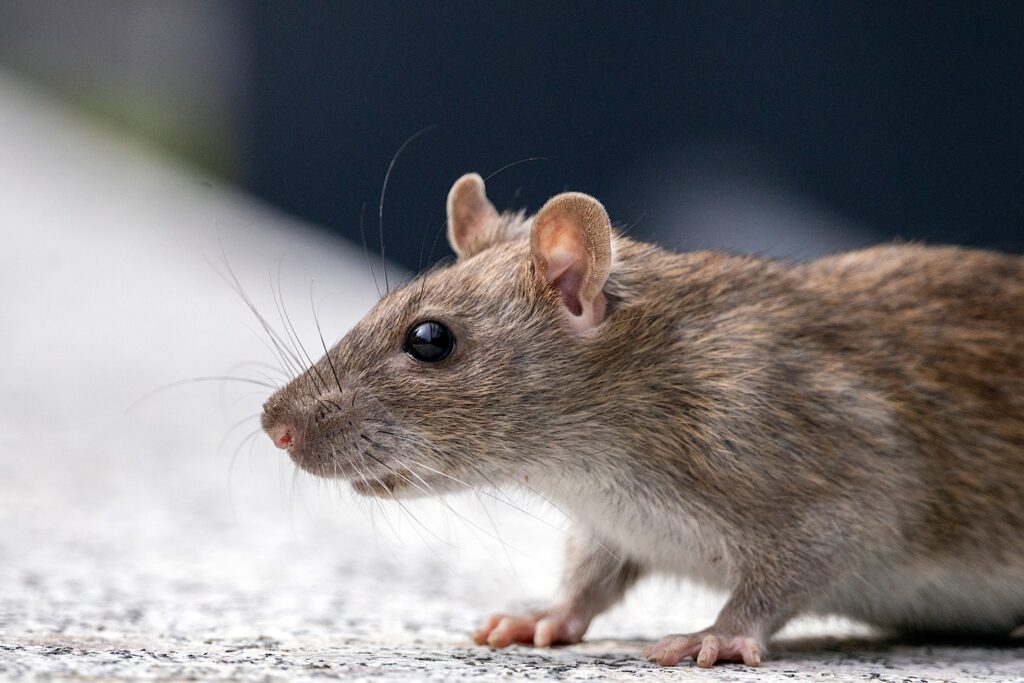Thatched roofs are not just picturesque remnants of history; they are living ecosystems in their own right, housing a myriad of creatures that can range from harmless to downright destructive. While they add charm and character to traditional homes, thatched roofs also provide a habitat for various pests that can cause damage and nuisance if left unchecked. Understanding these pests is crucial for homeowners and thatchers alike to maintain the integrity and longevity of these unique roofing structures.
Insects
Insects are perhaps the most common inhabitants of thatched roofs. Among them, beetles are notorious for their destructive capabilities. The most infamous beetle associated with thatched roofs is the common furniture beetle (Anobium punctatum), often referred to as woodworm. These beetles lay their eggs in the thatch material, and their larvae bore through the thatch and underlying timber, causing structural damage over time. Other insects like moths and spiders also find refuge in thatched roofs, contributing to the ecosystem but potentially causing concerns if their populations grow unchecked.
Birds
Birds are a common sight around thatched roofs, and while they may seem harmless or even charming, they can pose significant challenges. Birds like starlings and sparrows are known for pecking at the thatch in search of insects or nesting materials. Their activities can lead to thatch degradation and compromise the roof’s waterproofing properties. Additionally, bird nests built within the thatch can create fire hazards, especially during the nesting season when dry nesting materials can easily catch fire from sparks or embers.
Rodents
Rodents such as rats and mice are opportunistic creatures that can exploit the shelter provided by thatched roofs. They often enter through openings or damaged areas in the thatch and can cause havoc once inside. Rodents not only gnaw on thatch material, weakening the roof structure, but they also pose health risks and can contaminate stored items in attics or ceiling spaces. Proper pest control measures are essential to prevent rodent infestations in thatched properties.

Fungal Growth
While not technically pests in the traditional sense, fungal growths such as mould and mildew can thrive in damp thatch environments. Moisture retention in thatched roofs, especially in humid climates or during rainy seasons, can create an ideal habitat for fungi. These growths not only detract from the aesthetic appeal of the roof but can also contribute to thatch decay if left unchecked for long periods. Adequate ventilation and periodic inspections are crucial to mitigate fungal issues in thatched roofs.
Wildlife
Beyond insects, birds, and rodents, thatched roofs can attract other wildlife depending on the geographic location. Squirrels, raccoons, and even bats may find thatched roofs appealing for shelter or nesting sites. While these creatures play vital roles in ecosystems, their presence in and around thatched properties can lead to conflicts and maintenance challenges, necessitating proactive measures to deter or manage their interactions with the roof.
Maintenance
Given the diverse array of pests that can inhabit thatched roofs, proactive measures and regular maintenance are key to preserving these historic and visually striking roofing structures. Here are some essential tips:
Thorough Inspections
Regularly inspect the thatched roof for signs of pest activity, damage, or moisture retention.
Prompt Repairs
Address any damage or openings in the thatch promptly to prevent pests from gaining entry.
Ventilation
Ensure proper ventilation to reduce moisture build-up and inhibit fungal growth.
Pest Control
Implement pest control measures tailored to the specific pests encountered, such as insecticides for beetles or bird deterrents for nesting birds.
Professional Maintenance
Engage experienced thatchers or roof specialists for periodic maintenance and re-thatching as needed to ensure the roof’s longevity and structural integrity.
In conclusion, while pests in a thatched roof can be a concern, proactive management and regular upkeep can help homeowners enjoy the timeless charm of these unique roofing structures while minimising potential pest-related issues. By understanding the various pests and implementing appropriate mitigation strategies, homeowners can continue to appreciate the beauty and history that thatched roofs bring to their homes.

